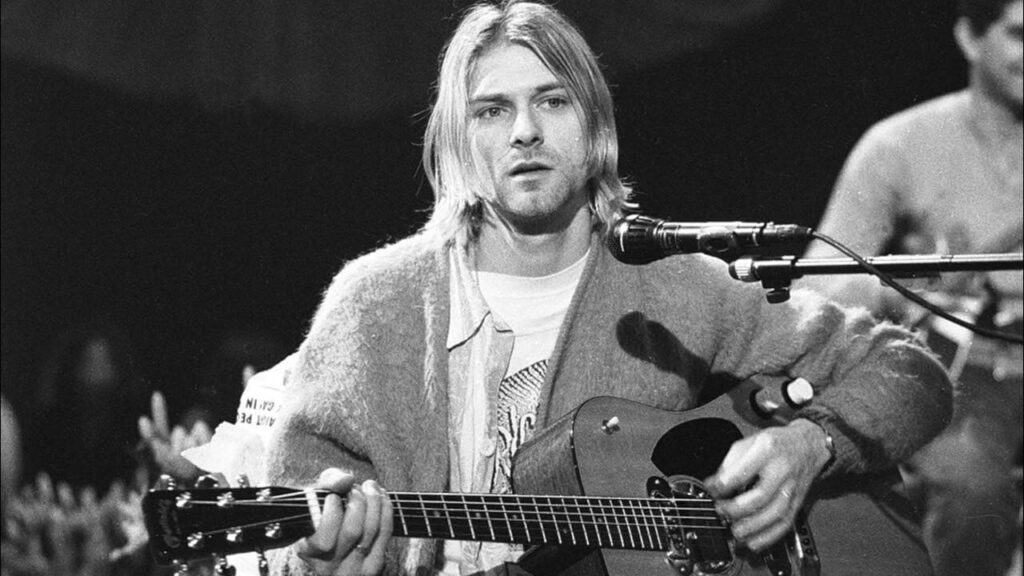
A Raw Anthem of a Generation’s Disillusionment
Ah, “Smells Like Teen Spirit”, a title that still crackles with the youthful angst and defiant energy of a bygone era. When this sonic Molotov cocktail exploded onto the music scene in 1991, it wasn’t just a song; it was a cultural earthquake. Released as the lead single from Nirvana‘s groundbreaking album, Nevermind, it swiftly ascended the Billboard Hot 100 charts, peaking at number six. This unexpected chart dominance signaled a seismic shift in popular music, dethroning the glossy hair metal that had long reigned supreme and ushering in a new wave of raw, alternative rock.
The story behind “Smells Like Teen Spirit” is as intriguing and somewhat accidental as its monumental impact. The title itself was a quirky misunderstanding. Kurt Cobain, Nirvana‘s enigmatic frontman, got the phrase from his friend Kathleen Hanna of the band Bikini Kill. Hanna had spray-painted “Kurt smells like Teen Spirit” on his wall after a night out. Cobain, unaware that “Teen Spirit” was a popular deodorant marketed towards young women, interpreted it as a revolutionary slogan, perhaps hinting at a burgeoning teenage rebellion. This misinterpretation, ironically, perfectly captured the zeitgeist of the disaffected youth who would embrace the song as their anthem.
Musically, “Smells Like Teen Spirit” was a masterclass in dynamic shifts. It lured listeners in with a deceptively clean, almost Pixies-esque guitar riff before unleashing a torrent of distorted power chords and Dave Grohl’s thunderous drumming in the chorus. Cobain’s vocals were a potent blend of mumbled verses that built tension and an explosive, almost screamed delivery in the chorus, conveying a potent mix of apathy and rage. This sonic blueprint – quiet verse, loud chorus – became hugely influential in the alternative rock landscape that followed.
But what did it all mean? The lyrics, often described as cryptic and even nonsensical, resonated deeply with a generation grappling with feelings of alienation, frustration, and a sense of aimlessness. Lines like “Here we are now, entertain us” and “A denial” captured a pervasive cynicism towards mainstream culture and a yearning for something more authentic. While Cobain himself later expressed some discomfort with the song’s anthemic status and felt its message was often misinterpreted, there’s no denying its power to articulate the unspoken anxieties of a generation feeling lost in the shuffle.
Beyond its immediate chart success and cultural impact, “Smells Like Teen Spirit” has endured as a timeless rock classic. Its raw energy, combined with its ambiguous yet resonant lyrics, continues to captivate new listeners decades later. It serves as a potent reminder of a time when a band from the fringes of the music scene could unexpectedly capture the world’s attention and redefine the sound of popular music. The song’s legacy is cemented not just in its sales figures or chart position, but in its profound influence on music and its enduring connection with those who understand the power of a raw, honest expression of youthful discontent. It’s a song that takes us back to a time of flannel shirts, ripped jeans, and a feeling that anything was possible, even a revolution sparked by a misunderstood deodorant slogan.